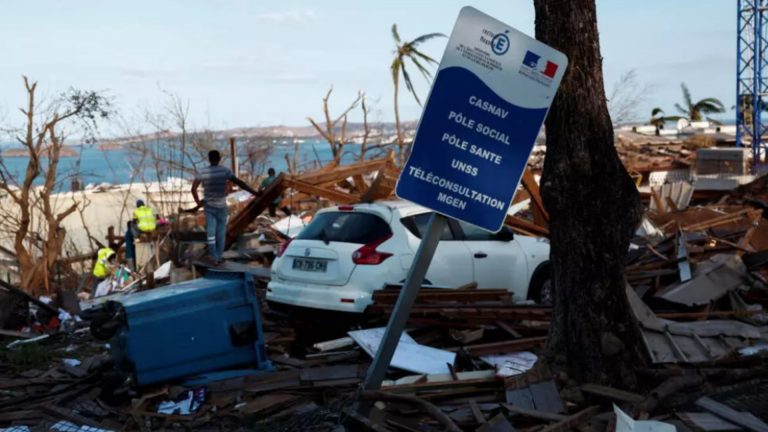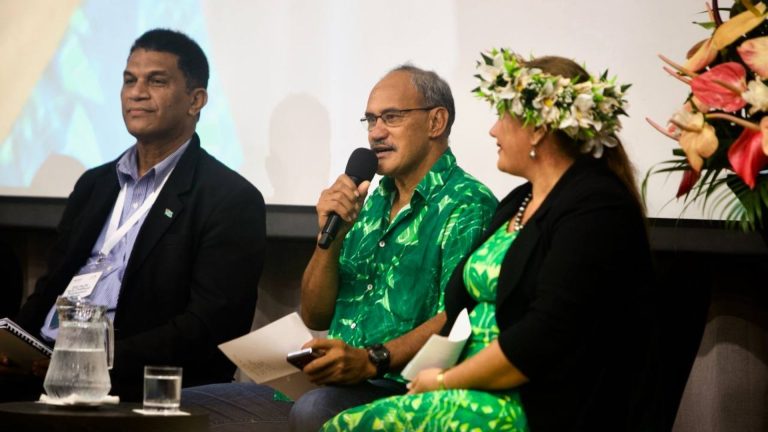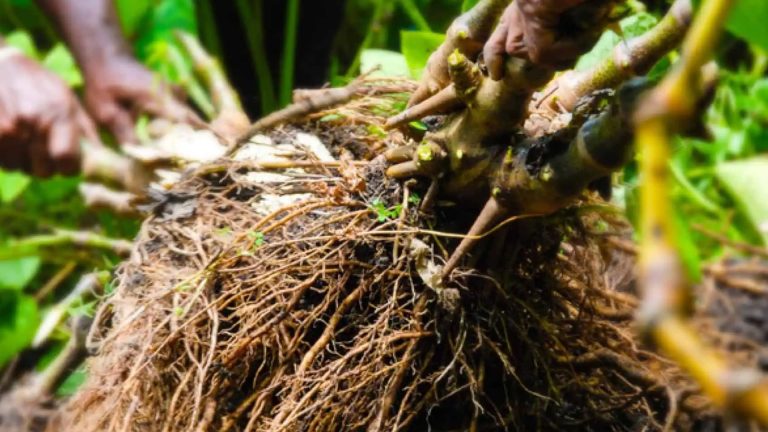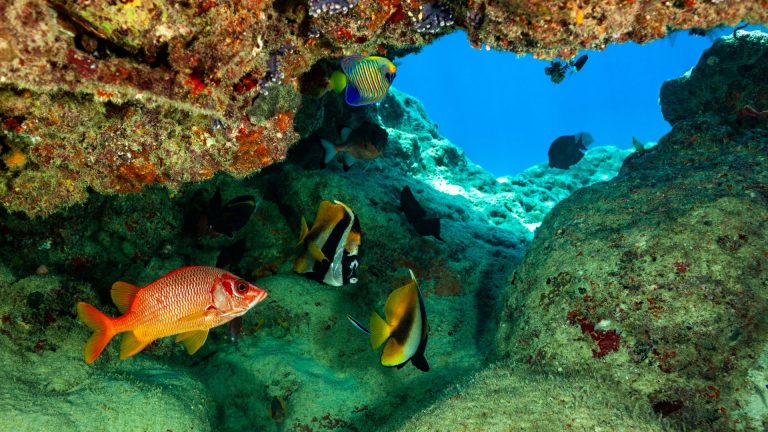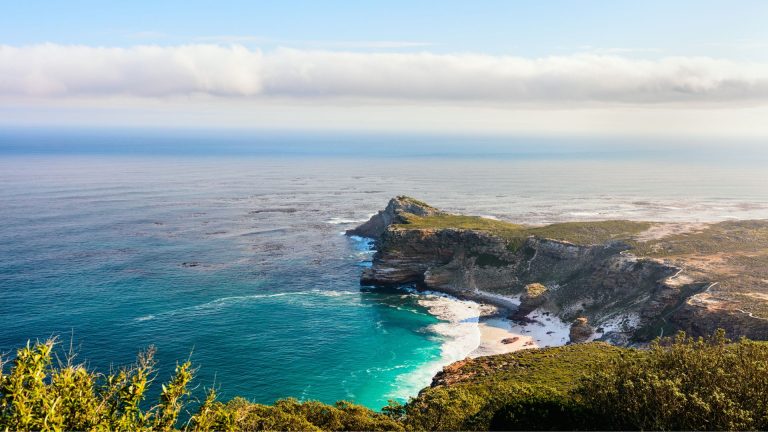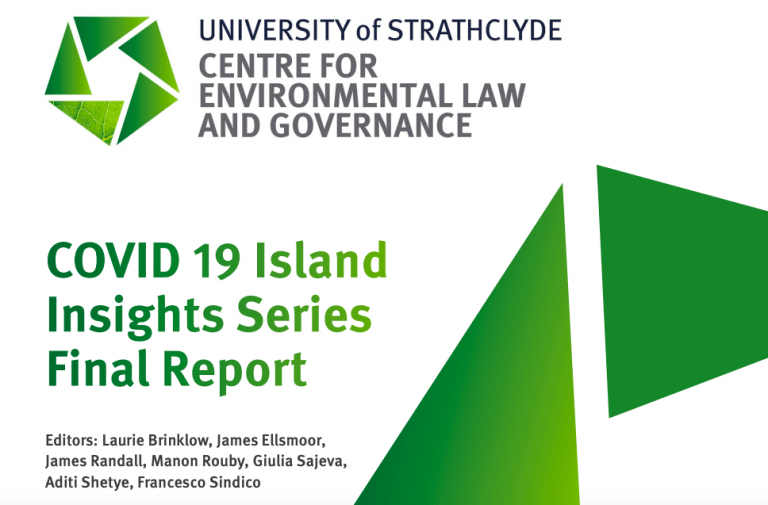Photography by ABC Science: Belinda Smith. Retrieved from abc.net.au
Excerpt from abc.net.au
Rising sea levels mean high tides inundate the low-lying land in Majuro more often than they used to, flooding businesses and eroding the coastline.
For coral atolls like Majuro, where the sandy land generally pokes only a metre or two above the waves and is no more than a few hundred metres wide, the sea is a constant presence; a roiling ocean stretching to the distant horizon to one side, and a relatively sedate lagoon on the other.
And the sea is central to Marshallese culture and economy.
For thousands of years, Marshallese sailors have criss-crossed the open ocean and lagoons on outrigger canoes, shuttling people and cargo between islands sometimes hundreds of kilometres apart.
Even today, most inter-island transport is done by boat.
But where traditional sea transport takes place in wooden canoes with sails woven from pandanus leaves, modern vessels tend to be propelled by diesel-powered motors.
And that’s a problem. Spills and leaks pollute waters and coastlines.
Toxic emissions from burning fuel can contribute to conditions such as asthma and cardiovascular disease in people living near ports.
But the Marshall Islands has a plan. It involves marrying traditional engineering with futuristic technology to wean its fleets off diesel altogether.
The climate-vulnerable nation has also spent decades urging the rest of the world to kick their addiction to fossil fuels.
Especially the global shipping industry, which spews a billion tonnes of carbon dioxide into the atmosphere each year.
Because without rapid decarbonisation, the very ocean that provides so much to the Marshall Islands might one day render much of their limited land uninhabitable.


